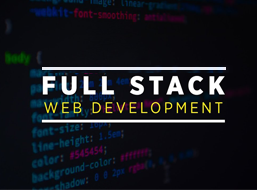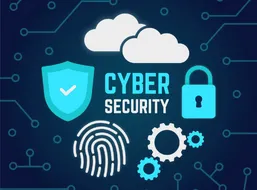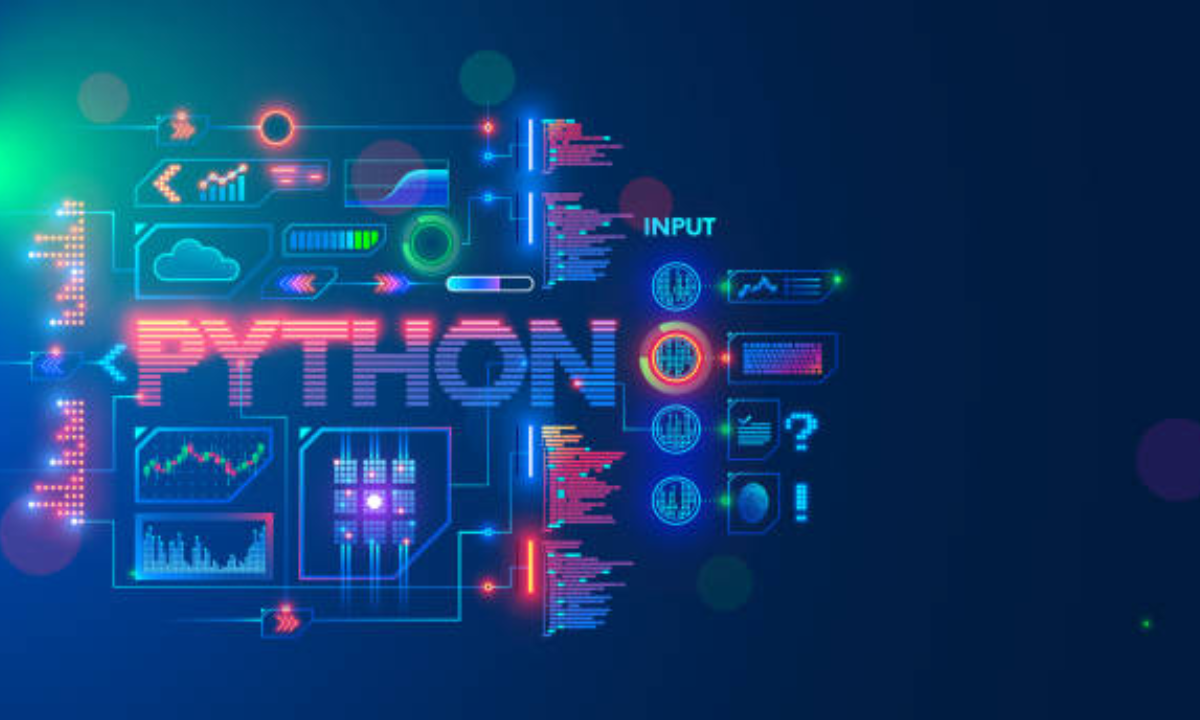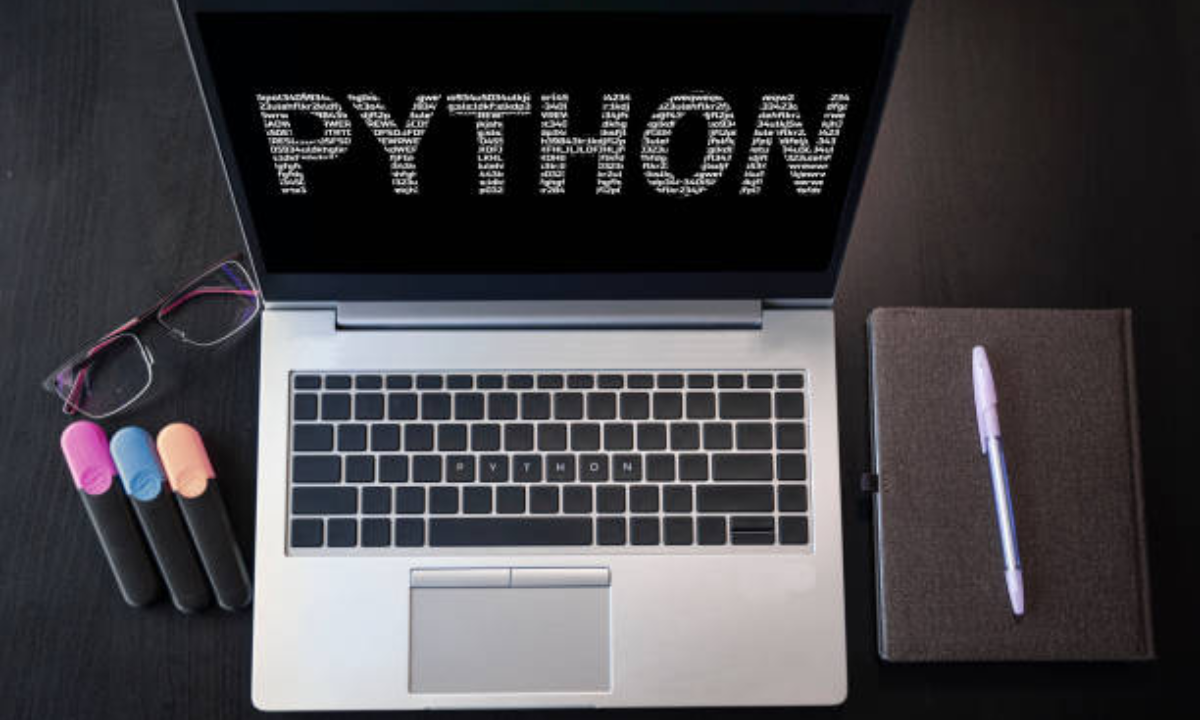Table of contents
|
1. Step 1 | Essential Python Developer Skills for 2025 |
|
2. Step 2 | Choosing Your Path | Python Specializations for 2025 |
|
3. Step 3 | Building a Killer Python Portfolio |
|
4. Step 4 | Job Search Strategies for Python Developers |
|
5. Step 5 | Accelerate Your Learning | Smart Upskilling for 2025 |
|
6. Conclusion |
The demand for Python developers isn’t just growing—it’s constantly evolving. With 30% higher salaries than average (Stack Overflow 2024), the role now requires more than basic scripting. Here’s how to future-proof your career:
Gone are the days when Python meant only Django or Pandas. Also, modern roles expect cloud-native development, asynchronous programming, and AI integration
Web development using Python remains strong, but niches like data engineering pay premiums. Also, full-stack developers who pair Flask with React outearn backend-only peers.
Tutorials alone won’t cut it. Also, hiring managers now scrutinize GitHub commits and real-world projects, like automating AWS workflows or building CI/CD pipelines. This Python developer roadmap adapts to 2025’s tech landscape, blending fundamentals with what’s next.
Step 1 | Essential Python Developer Skills for 2025
Python mastery in 2025 goes beyond syntax—it's about solving real-world problems efficiently. Here’s what separates hobbyists from professionals:
1. Deep Language Fluency
Understand context managers (with blocks) for resource handling. Also, master async/await for I/O-bound tasks (like web scraping).
2. Toolchain Proficiency
Git isn’t optional—learn to rebase and resolve merge conflicts. Docker containers are now the standard for deployment.
3. Debugging Prowess
pdb and logging beat print() statements. Also, profile the code with cProfile before optimizing.
4. Cloud-Native Mindset
AWS Lambda or Azure Functions for serverless apps. Also, Terraform beats manual cloud setup.
The best developers don’t just write code—they architect solutions.
Step 2 | Choosing Your Path | Python Specializations for 2025
The Python ecosystem has exploded—here’s how to navigate the most lucrative paths:
-
Web Development Using Python
Django still dominates for monoliths (think Instagram), while FastAPI wins for microservices. Also, don’t sleep on frontend—full stack development with Python means learning React/Vue.js basics.
-
Data Engineering
PySpark handles big data, but DuckDB is revolutionizing small datasets. SQLAlchemy remains essential for ORM magic.
-
AI/ML Production
Fine-tuning LLMs is hot, but mastering MLOps (MLflow, Weights & Biases) pays better in the long term.
-
DevOps Automation
Write Ansible modules or Terraform providers. Also, Kubernetes operators in Python are goldPro Tip: Build one project per field before specializing—you might surprise yourself.
Step 3 | Building a Killer Python Portfolio
Your GitHub is your new resume—here’s how to make it stand out:
Build a Django/Flask app with user auth and API endpoints. Add Stripe payments to prove full-stack development with Python chops. Clean a messy public dataset (try WHO health stats) and visualize insights with Plotly.
Create a CLI tool that scrapes websites and stores data in SQLite—bonus points for packaging it with pip.
The Secret Sauce
Document every project with:
-
A live demo link
-
Architecture diagram
-
"What I learned" section
Recruiters skim repos in 30 seconds. Make yours impossible to ignore.
Step 4 | Job Search Strategies for Python Developers
Landing your dream Python role in 2025 requires more than technical skills—it's about strategic positioning. Here's how to stand out:
Highlight measurable impact: "Optimized Django queries, reducing page load time by 300ms" beats "Used Django". Also, mirror keywords from job descriptions (Python developer skills they need).
Postcode snippets with the #PythonDev hashtag weekly. Also, engage with Python influencers' content—algorithms boost active profiles.
Contribute docs/tests to projects like FastAPI or Pandas. Even 2-3 small PRs demonstrate collaboration and can significantly boost your profile in the Python community.
Practice explaining your code aloud. Also, study recent Python web development framework updates (Django 5.0 features, etc.)—interviewers love this. Cold applications have a 3% success rate. Warm introductions via meetups/PyCon triple your chances.
Step 5 | Accelerate Your Learning | Smart Upskilling for 2025
Python’s ecosystem evolves fast—here’s how to stay ahead without wasting time:
1. Self-Directed Learning
Master fundamentals via Real Python’s async tutorials, and Break into AI with fast.ai’s practical NLP course. Also, bookmark Python Enhancement Proposals (PEPs) to track language evolution
2. Structured Programs
A Python course in Pune with 1:1 mentorship beats generic MOOCs when you need:
-
Project feedback from industry dev
-
Local networking opportunities
-
Placement support for full-stack development with Python roles.
The 70/30 Rule
Spend 70% of the time building (e.g., Dockerized microservices) and 30% studying. Tutorial hell, a term used to describe the feeling of being stuck in a loop of constantly learning new things without applying them, won’t make you job-ready. Instead, focus on practical application and building real-world projects to enhance your skills and readiness for the job market.
Pro Tip: Audit the first modules of 2-3 courses before committing—teaching style matters more than curriculum.
Conclusion:
The path to becoming a sought-after Python developer in 2025 is clear—master core skills, specialize strategically, and build relentlessly. Whether you choose web development using Python, data engineering, or AI/ML, remember:
GitHub commits prove skills better than any diploma. Also, document your learning publicly. Contribute to open-source, attend Pune Python meetups, or join a Python course in Pune for structured growth. New Python web development frameworks emerge yearly—stay curious.
The market rewards those who ship real solutions. Start small (a CLI tool today), think big (full-stack apps tomorrow), and keep iterating.





